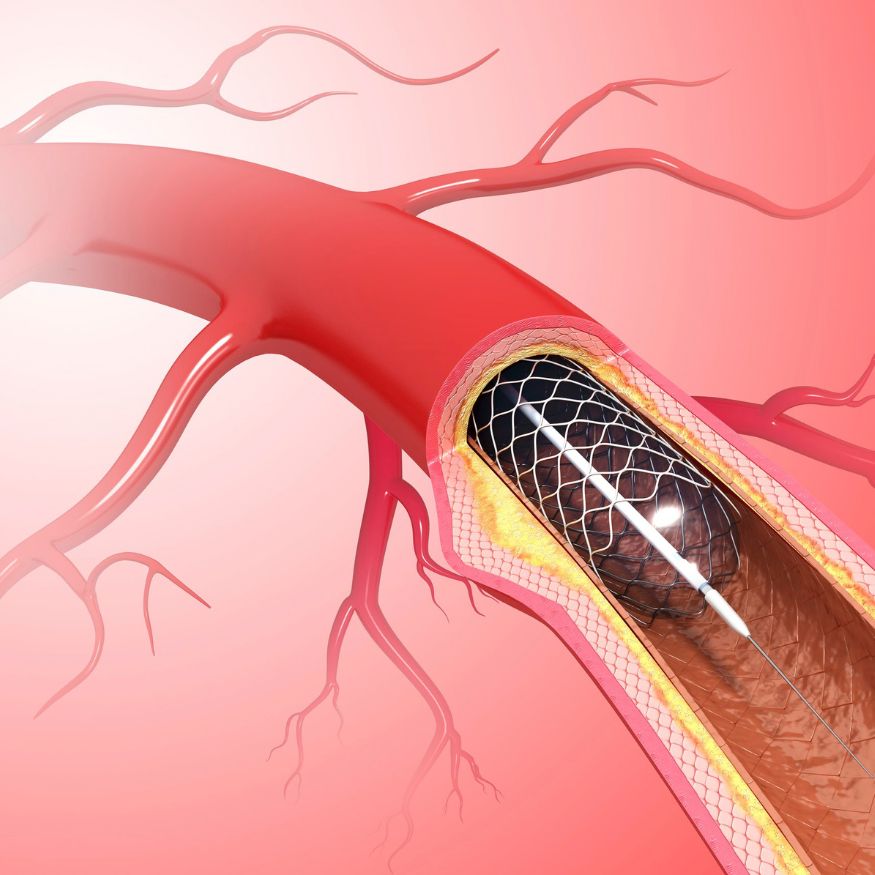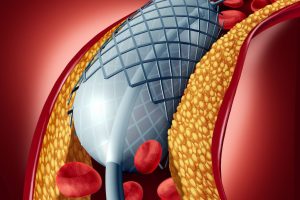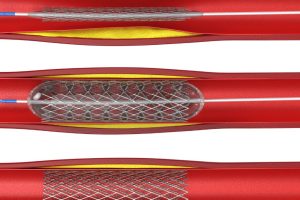
A Comprehensive Guide to Understanding Angioplasty
In the realm of vascular health, angioplasty stands out as a cornerstone procedure, offering a minimally invasive solution to a wide array of vascular conditions. Advanced Vascular Centers specializes in this innovative treatment, providing patients with cutting-edge care and exceptional outcomes. This article serves as a detailed guide to angioplasty, exploring its benefits, procedure details, recovery process, and more. Whether you’re a patient seeking treatment or a healthcare professional interested in the latest advancements, read on to discover the transformative potential of angioplasty.
Angioplasty is a pivotal procedure in vascular health, offering a minimally invasive solution to a range of vascular conditions. At Advanced Vascular Centers, we specialize in this innovative treatment, providing patients with exceptional care and outcomes. Whether you’re seeking treatment or interested in the latest advancements, read on to discover the transformative potential of angioplasty.
Angioplasty is a procedure used to widen narrowed or blocked arteries, restoring blood flow to vital organs and tissues. It involves the use of a catheter with a balloon tip that is inserted into the affected artery. Once in place, the balloon is inflated, pushing the plaque or blockage against the artery walls and opening up the artery to improve blood flow.
This procedure is commonly used to treat conditions such as coronary artery disease, peripheral artery disease, renal artery stenosis, and carotid artery disease. Angioplasty can open blocked arteries in the heart, legs, kidneys, and neck, reducing symptoms and improving quality of life for many patients.
Before the procedure, patients are typically given medication to help them relax. The area where the catheter will be inserted (usually the groin or wrist) is cleaned and numbed with a local anesthetic. A thin, flexible tube called a catheter is then inserted into the artery and guided to the site of the blockage using X-ray imaging.
Once the catheter is in place, the balloon at the tip of the catheter is inflated, compressing the plaque against the artery walls and opening up the artery. In some cases, a stent (a small mesh tube) may be inserted into the artery to help keep it open. The stent is placed over the deflated balloon and expanded when the balloon is inflated.
After the procedure is complete, the catheter is removed, and pressure is applied to the insertion site to prevent bleeding. Most patients are able to go home the same day or after a short overnight stay. Recovery time is usually brief, with most patients able to resume normal activities within a few days.
While angioplasty is generally safe, it carries some risks, including bleeding or bruising at the insertion site, infection, blood vessel damage, blood clots, and allergic reaction to the contrast dye. However, these risks are relatively low compared to the potential benefits of the procedure.
Common FAQs about Angioplasty
Q: Is angioplasty a major surgery? A: No, angioplasty is a minimally invasive procedure that does not require major surgery. It is typically performed using a small incision and does not require general anesthesia.
Q: How long does the angioplasty procedure take? A: The angioplasty procedure typically takes about 30 minutes to an hour, depending on the complexity of the case.
Q: Will I need to stay in the hospital after angioplasty? A: Most patients are able to go home the same day or after a short overnight stay. However, some patients may need to stay in the hospital for a longer period depending on their condition.
Q: Will I need to take medication after angioplasty? A: Your healthcare provider may prescribe medication to help prevent blood clots and reduce the risk of complications. It is important to follow your provider’s instructions regarding medication and follow-up care.
Q: How long does it take to recover from angioplasty? A: Recovery time from angioplasty varies from person to person, but most patients are able to resume normal activities within a few days. It is important to follow your provider’s instructions regarding recovery and follow-up care.
Q: Are there any restrictions on activities after angioplasty? A: Your healthcare provider may recommend avoiding strenuous activities for a short period after angioplasty. It is important to follow your provider’s instructions regarding activity restrictions and gradually resume normal activities as you feel able.
Advanced Vascular Centers: Your Partner in Vascular Health
At Advanced Vascular Centers, we specialize in providing cutting-edge care for a wide range of vascular conditions. Our team of experienced specialists is dedicated to delivering personalized treatment plans tailored to each patient’s unique needs. If you or a loved one are experiencing symptoms of vascular disease or have been diagnosed with a vascular condition, contact us today to discuss your options. Together, we can help you achieve optimal vascular health and improve your quality of life.



